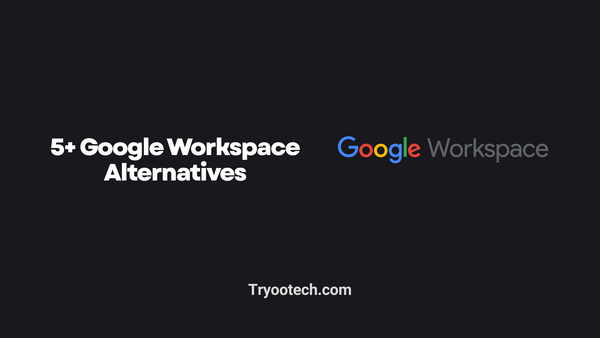5 Steps to Create Fitness App
Covid has been both a blessing and a curse. Although the pandemic has had us wrapped in cages, it had also motivated us to set our priorities straight, and health was one of the major concerns.
With that, fitness apps grew in popularity at an exponential rate and their usage surged dramatically. In this article, we’ll walk you through practical steps that will help you to know how to create a fitness app.
Step1: Choose the type of your fitness app
Fitness apps come in different forms and shapes. For instance, some people use their devices to track their performance, while others use them to count the calories they’re getting in and out of their bodies.
You can consider building a hybrid fitness app that has all the features in it, but that depends on your plans and budget. The four popular types of fitness apps are fitness trainer apps, fitness tracking apps, calorie counting apps, and weight loss apps.
Step 2: Define your targeted segment
If you haven’t decided yet which type is best for you, then you can consider defining your targeted segment first.
If, for example, you want to target overweight people, then it would be safe to go with a fitness app for weight loss. The user experience will focus mainly on ways that can cut out some pounds from your app user’s body.
Meanwhile, if you’re imagining an athletic blonde in leggings running with her earbuds on and your app in her hand, then you could go for a fitness tracking app. Defining your targeted segment ahead of building your fitness app can come in handy when you’re puzzled about what type of app you’ll go for.
Step 3: Don’t just make another fitness app
It happens a lot. We download a fitness app, and then never use it again. Sometimes the user interface (UI) isn’t user-friendly.
At other times, the app is limited and doesn’t have the features that we were eyeing when we first installed it.
Overstuffing the app with pop-up ads is another major turn off, and there are other ways that you can monetize your app that we’ll talk about later in the article.
Being innovative when you create your fitness app will give you an advantage over your peers.
The competition is fierce in the app development industry as a whole, but there is room to prosper, and since we don’t have a fitness app with billions using YET, then this app could be yours — if you answer the call of the fitness community of course.
Step 4: Set up a monetization plan
How do you want to earn from the app? Some fitness apps out their focus on bombarding us with ads on every exercise. Meanwhile, other fitness apps ask for a monthly subscription that we aren’t ready to go for.
That being said, if you want to monetize your app, then you should do thorough research in the fitness apps market to see what type of monetization works best for you.
If you don’t feel like charging your users a monthly subscription, then you can include in-app purchases. Whatever you decide, we advise you to not go for the pop-up ads. That’s the worst monitization method you can do for a fitness app.
Step 5: Focus on the Features
We can’t stress this enough. Features differentiate an app from another. If a fitness enthusiast installs your app and finds that it lacks important features, then guess what? They’ll run away to your competition. Are you creating an Android or IOS fitness app?
With that in mind, you should explore all the features available in the market, and that other fitness apps are providing, and do the same.
We aren’t suggesting that you should make a copycat. No, that’s actually what we don’t want you to do. But instead, to build a successful fitness app, you should gather all the useful features in one place for the fitness app users’ community. Your users will thank you for that.
Wrap up
Creating a fitness app is one of the best ideas, especially since lockdowns are still occurring now and then. The adoption of a healthy lifestyle is now a trend, and people will go for fitness apps to achieve their goals. Make sure that your fitness app holds the features that the fitness community needs.





